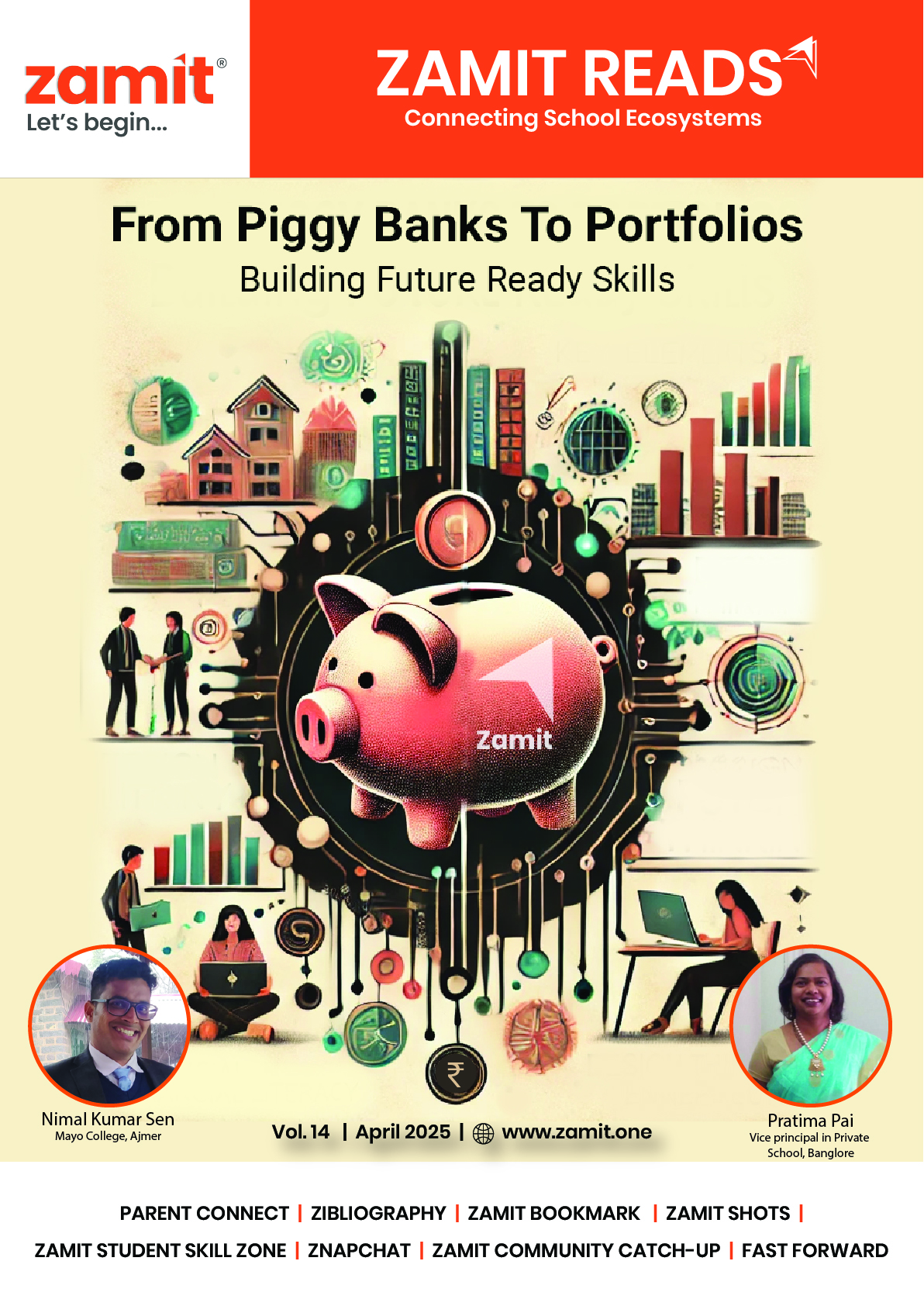Future Readiness in Education: What It Really Means In today’s fast-evolving world, the concept of student readiness has taken on a new dimension. Education is no longer just about academic knowledge—it’s about equipping students with skills to thrive in a fast-paced, unpredictable environment. Terms like “future readiness“ and “student development plans” are now central in education, emphasizing the importance of preparing students for challenges beyond the classroom. Improving student readiness is essential for future careers in an ever-changing landscape. The Shift Towards Future-Ready Education Historically, education focused on core subjects like math, science, language arts, and social studies, essential for academic success. However, with technological advancements, globalization, and evolving job markets, these subjects alone aren’t enough. Today, future readiness means developing competencies that go beyond academics—21st-century skills such as critical thinking, creativity, collaboration, communication, and adaptability. Many educational institutions have embraced project-based learning, internships, and interdisciplinary studies to connect classroom knowledge with real-world applications. This approach helps students develop problem-solving skills, critical thinking, and the ability to collaborate across diverse backgrounds—skills crucial for future career success. Key 21st-Century Skills for Future Readiness Technology as a Key Driver of Future Readiness The digital revolution has transformed how we communicate, work, and learn. Preparing students for the future means not only teaching them how to use technology but also how to leverage it for innovation. By integrating technology into education, students gain access to diverse learning experiences like virtual internships, online simulations, and global collaborations. However, students must also be equipped with digital literacy skills to navigate the online world safely and responsibly. Digital tools open up immense opportunities for creativity and collaboration, but students must learn to use them effectively. Assessing and Evaluating Student Readiness A major challenge in future-ready education is assessing students’ preparedness for the workforce. Traditional assessments, such as standardized tests, often fail to measure essential skills like critical thinking and creativity. Schools are now adopting performance-based assessments, including portfolios, presentations, and peer evaluations, to gain a holistic view of student readiness. Zamit, for instance, offers solutions like the ZQ (Zamit Quotient), a comprehensive assessment tool that measures future readiness through a combination of 21st-century skills, academic proficiency, and personal development. This holistic approach provides educators with insights into the areas where students need improvement, ensuring personalized development plans tailored to individual needs. Additionally, continuous feedback is crucial in ensuring student development plans remain relevant and effective. By regularly assessing progress and making adjustments, educators can better align their strategies with the evolving demands of the workforce. The Long-Term Impact: Readiness for Future Careers The ultimate goal of future-ready education is to prepare students not just for the workforce but for life. By cultivating a culture of lifelong learning, adaptability, and innovation, educators are helping to shape a resilient and forward-thinking workforce. For students, being future-ready means: These qualities will enable them to navigate the uncertainties of tomorrow and become leaders and innovators in their fields. Conclusion: Shaping the Future of Education The shift toward future-ready education is a crucial step in improving student readiness for the challenges ahead. By focusing on 21st-century skills, integrating technology, and adopting global standards, educators can ensure students are not only ready for future careers but also equipped to shape the future itself. Platforms like Zamit.one offer invaluable resources and assessments, enabling schools and educators to stay aligned with the evolving demands of the future workforce.



 dxc
dxc
 dxc
dxc